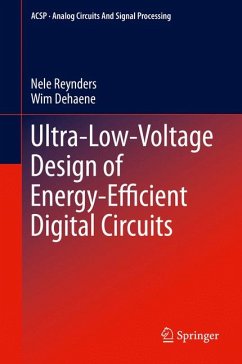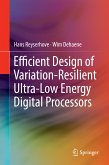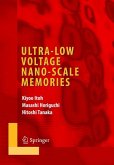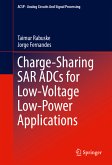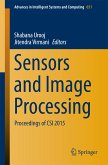This book focuses on increasing the energy-efficiency of electronic devices so that portable applications can have a longer stand-alone time on the same battery. The authors explain the energy-efficiency benefits that ultra-low-voltage circuits provide and provide answers to tackle the challenges which ultra-low-voltage operation poses. An innovative design methodology is presented, verified, and validated by four prototypes in advanced CMOS technologies. These prototypes are shown to achieve high energy-efficiency through their successful functionality at ultra-low supply voltages.
Dieser Download kann aus rechtlichen Gründen nur mit Rechnungsadresse in A, B, BG, CY, CZ, D, DK, EW, E, FIN, F, GR, HR, H, IRL, I, LT, L, LR, M, NL, PL, P, R, S, SLO, SK ausgeliefert werden.

